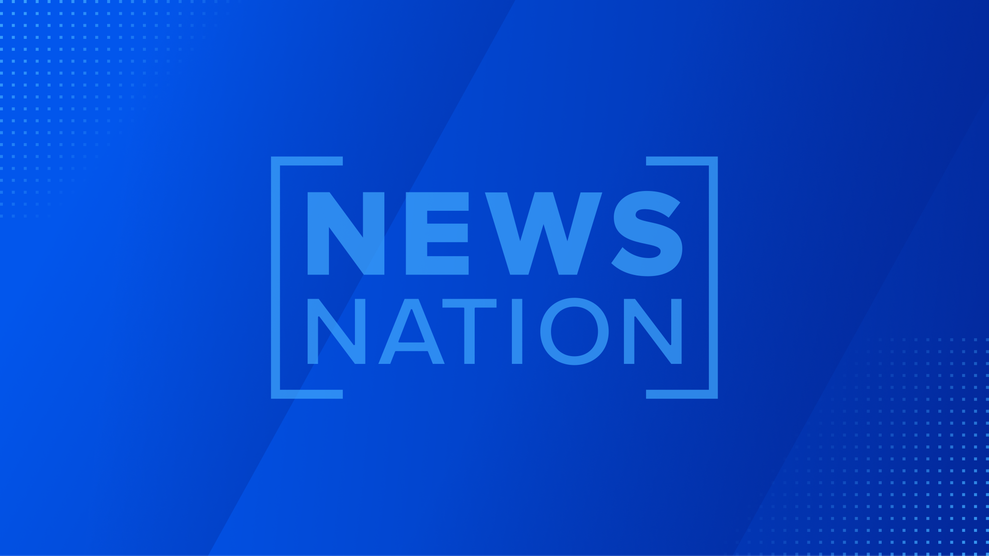(NewsNation) — Concerns with artificial intelligence abound, especially regarding its potential to affect the 2024 presidential election.
Recently, a robocall impersonating President Joe Biden ahead of the New Hampshire primary election, first reported by NBC News, raised eyebrows. Now, the New Hampshire attorney general’s office is investigating.
In the robocall, a voice that sounds like Biden’s tells voters in the state, “Your vote makes a difference in November, not this Tuesday.” The number is spoofed to show it was sent from the treasurer of a political committee supporting write-in efforts for Biden. Experts told NBC that it seemed to be a deepfake, a false audio or video created with AI to mimic real people.
Deepfakes aren’t just used in politics — they can also be used to scam everyday citizens.
As this new technology grows and progresses, it may seem hard to know what is AI and what’s real on the internet. Experts say there are some ways to check.
Pay attention to details
The Massachusetts Institute of Technology’s Media Lab says you should pay attention to certain details, such as people’s faces, to help determine if a video is fake.
Deepfakes, per the MediaLab, can be incongruent on some dimensions.
“High-end Deepfake manipulations are almost always facial transformations,” members of the MediaLab wrote.
To decipher if a video is real or not, look closely at people’s cheeks and forehead to see if the skin there looks too smooth or too wrinkly or if the “agedness” of the skin is similar to that of the hair and eyes.
In a deepfake video, the shadows may appear in places one wouldn’t expect. If someone in the video is wearing glasses, there could be too much glare, or the angle of the glare could change if the person moves.
“Deepfakes may fail to fully represent the natural physics of lighting,” the MediaLab said.
The Better Business Bureau says to search for questionable images in the highest possible resolution and zoom in to catch details that peg them as AI.
Use tools
Google’s reverse image search can help you find where an image came from. Websites like aiornot.com can also help.
Some services like AI Voice Detector can see if a voice is real or generated with AI, though you may have to pay for them.
To detect AI writing, Forbes suggests platforms like Undetectable.ai, which can analyze the structure, syntax and stylistic elements of a text to see how much AI was used, or Originality.AI, which can spot text created by ChatGPT or Bard by using advanced machine learning.
Verify information
Even if you think you know and trust someone who gave you a call, you still need to confirm their identity, the BBB says, especially if they start making out-of-character requests. When the person speaks, listen closely for choppy sentences, unnatural or out-of-place inflection, odd phrasing or background sounds that don’t match the person’s location.
You should never assume someone’s online persona is really them if you haven’t met them first. Further, the BBB cautions that “if it sounds too good to be true, it probably is.” Celebrity endorsement videos, like ones offering free products, can be suspect.
